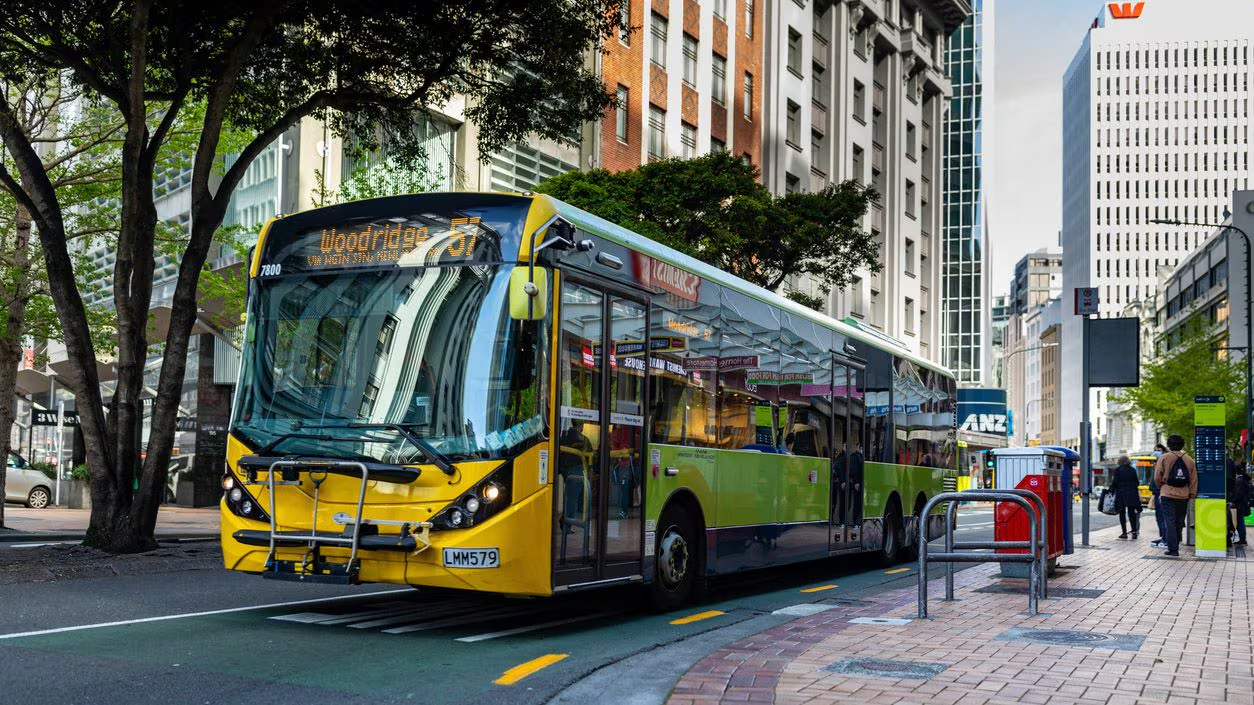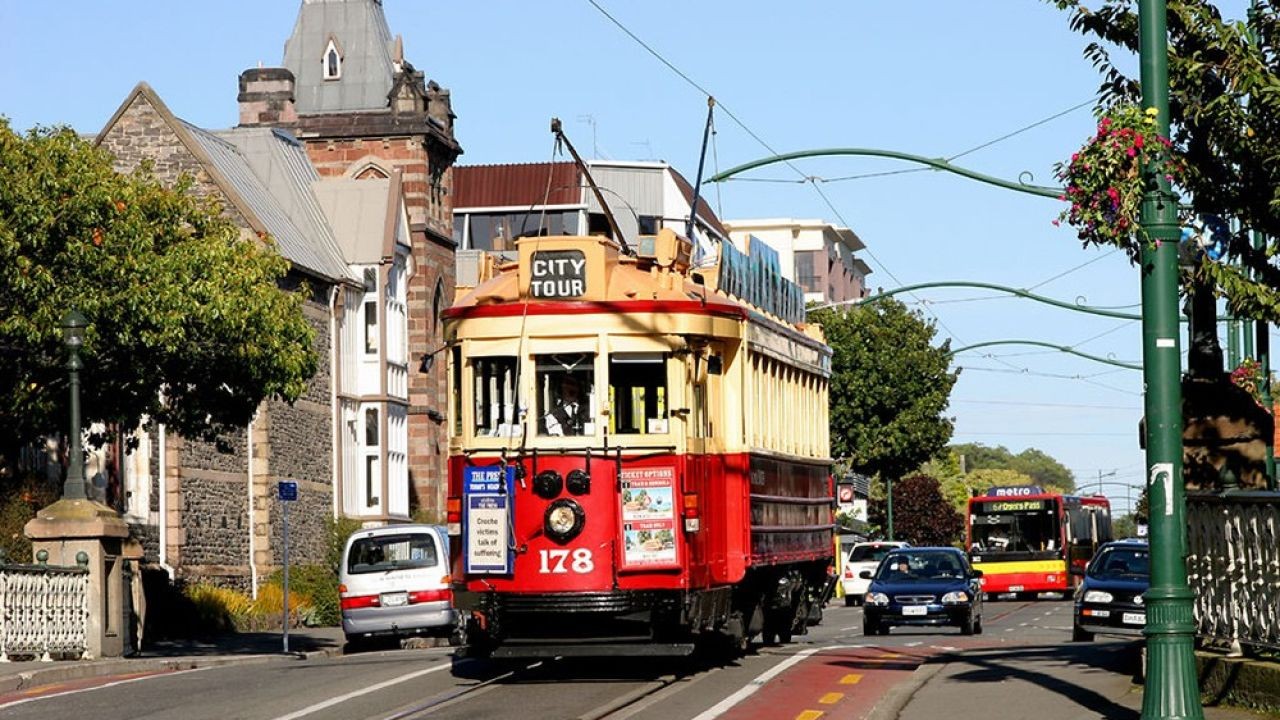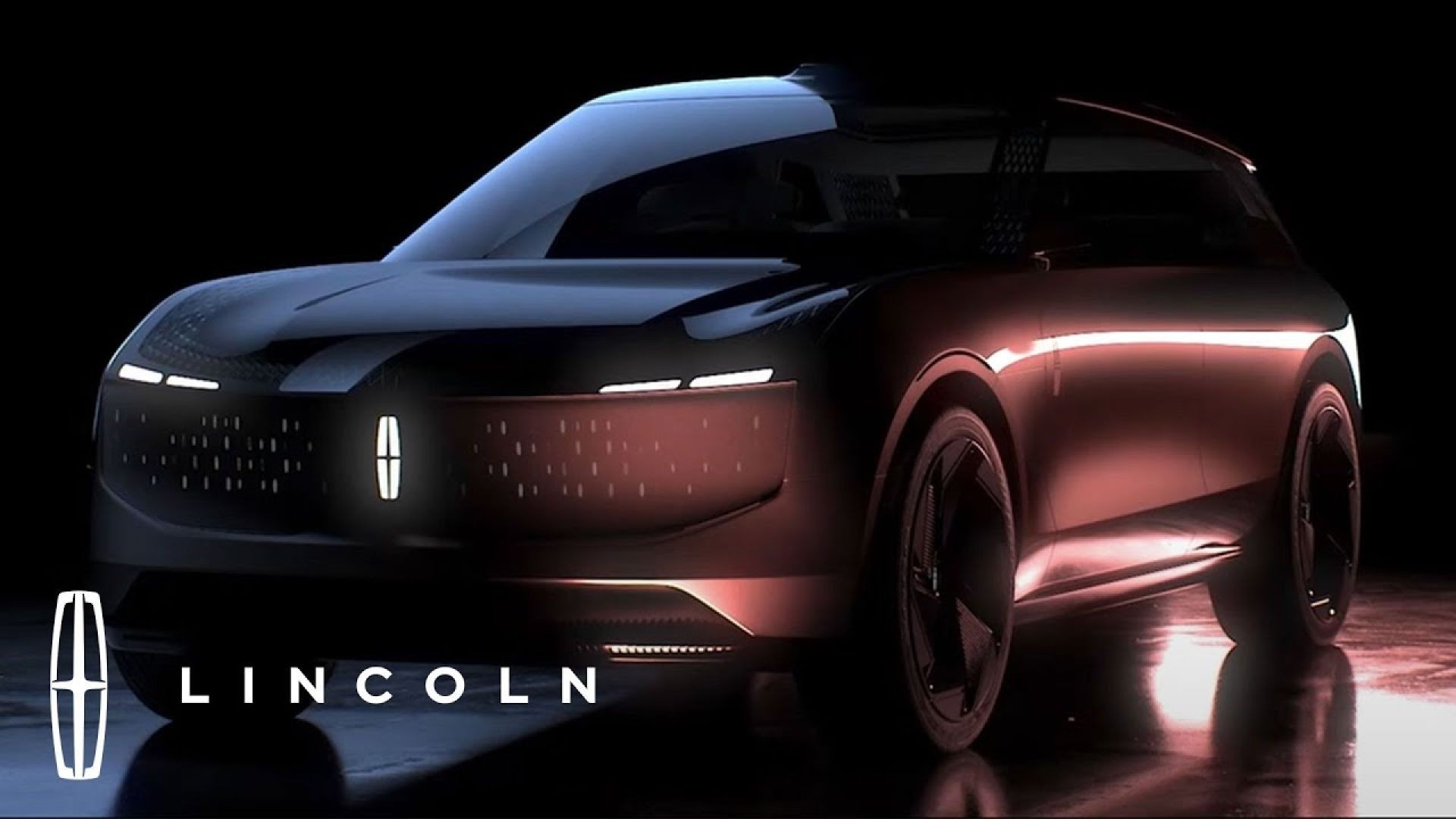As the world shifts towards sustainable energy solutions, the prospect of a fully electric public transport system by 2050 in Australia is an increasingly relevant topic. With the Australian government committing to net-zero emissions by 2050 and cities like Sydney and Melbourne investing heavily in renewable infrastructure, the ambition to electrify public transport is palpable. But what does this mean for the construction and economics sectors? And how feasible is this transition within the Australian context?
The Current State of Australian Public Transport
Australia's public transport system is diverse, comprising buses, trains, light rails, and ferries. Currently, the majority of these rely on fossil fuels, which contribute significantly to urban air pollution and carbon emissions. According to the Australian Bureau of Statistics (ABS), transport emissions in Australia account for about 18% of total national greenhouse gas emissions, with road transport being the largest contributor.
To combat this, major cities have started implementing initiatives to incorporate electric vehicles (EVs) into their fleets. For instance, Sydney plans to transition its bus fleet to electric by 2030. Yet, the journey to a fully electric system involves more than just replacing vehicles; it requires substantial investment in infrastructure, regulatory support, and technological advancements.
Case Study: Sydney’s Electric Bus Transition
Sydney has taken pioneering steps towards electrifying its public transport, with a commitment to convert its 8,000-strong bus fleet to electric by 2030.
Problem:
Sydney's public buses, primarily diesel-powered, contributed significantly to urban pollution and greenhouse gas emissions. The city faced pressure to meet environmental targets and improve air quality.
Action:
Transport for New South Wales (TfNSW) launched a phased plan to transition to electric buses, beginning with trials in select regions. The initiative involved partnerships with manufacturers like BYD and Volvo, supported by government funding and policy incentives.
Result:
As of 2023, Sydney successfully deployed over 100 electric buses, reducing emissions by an estimated 10,000 tonnes of CO2 annually. The initiative has also improved air quality, with significant reductions in nitrogen oxides and particulate matter.
Takeaway:
This case study underscores the importance of strategic partnerships and government support in achieving sustainable transport solutions. Other Australian cities can replicate Sydney’s model, adapting it to local needs and conditions.
Pros and Cons of Electrifying Public Transport
While the transition to electric public transport offers numerous advantages, it also presents challenges that need careful consideration.
Pros:
- Environmental Benefits: Electric public transport significantly reduces greenhouse gas emissions and air pollutants, contributing to cleaner urban environments.
- Cost Savings: Although initial investments are high, electric vehicles have lower operating and maintenance costs over their lifetimes.
- Improved Public Health: By reducing air pollution, electric transport can lead to better health outcomes for urban populations.
- Energy Independence: Shifting to electric transport reduces reliance on imported fuels, enhancing national energy security.
Cons:
- High Initial Investment: The transition requires substantial upfront costs for new vehicles and charging infrastructure.
- Infrastructure Challenges: Developing a widespread and reliable charging network is complex and resource-intensive.
- Technological Limitations: Current battery technology limits the range and load capacity of some electric vehicles.
- Regulatory Hurdles: Coordinating policies across federal, state, and local governments can be challenging.
Regulatory Insights and Economic Impact
The successful electrification of public transport in Australia hinges on supportive policies and economic incentives. The Australian Competition & Consumer Commission (ACCC) plays a crucial role in ensuring fair competition among manufacturers and service providers, which is essential for innovation and price stability. Additionally, the Reserve Bank of Australia (RBA) notes that investment in green infrastructure could stimulate economic growth, creating jobs and enhancing Australia's global competitiveness in the renewable energy market.
According to a report by the Treasury AU, transitioning to electric public transport could add $3 billion annually to the economy by 2040, primarily through the creation of new jobs in manufacturing, infrastructure development, and technology sectors.
Future Trends and Predictions
Looking ahead, several trends could accelerate the electrification of public transport in Australia:
- Technological Advancements: Advances in battery technology and energy management systems will improve the efficiency and range of electric vehicles, making them more viable for long-distance and heavy-duty applications.
- Policy Support: Continued government investment and subsidies for electric vehicle adoption will be crucial, as will policies that encourage private sector investment in charging infrastructure.
- Global Influence: As other countries progress towards electrifying their transport systems, Australia can learn from their successes and challenges, adapting strategies to local conditions.
Conclusion: The Road Ahead
While the goal of a fully electric public transport system in Australia by 2050 is ambitious, it is achievable with coordinated efforts from government, industry, and the community. The transition offers significant environmental, economic, and social benefits, setting a precedent for sustainable urban development. However, it requires substantial investment, technological innovation, and regulatory support.
For construction economists, this transition presents opportunities for growth and innovation in infrastructure development, energy management, and urban planning. As Australia moves towards a more sustainable future, the construction sector will play a pivotal role in shaping the cities of tomorrow.
What are your thoughts on Australia’s journey towards electrifying its public transport? Share your insights and join the conversation below!
People Also Ask
- How does electrifying public transport impact Australia's economy? Electrifying public transport can boost Australia's economy by creating jobs, reducing fuel import costs, and stimulating investment in infrastructure.
- What are the biggest challenges in transitioning to electric public transport? The main challenges include high initial costs, infrastructure development, and technological limitations.
- Which Australian cities are leading in electric public transport? Sydney and Melbourne are at the forefront, with ambitious plans to electrify their bus fleets and invest in supporting infrastructure.
Related Search Queries
- Electric public transport in Australia
- Sydney electric buses 2030
- Environmental impact of electric vehicles
- Australia net-zero emissions 2050
- Public transport infrastructure investment
- Renewable energy in Australian transport
- Battery technology advancements
- Government subsidies for electric vehicles
- Challenges of electrifying public transport
- Economic benefits of electric transport
































DanaeJiv2
8 months ago